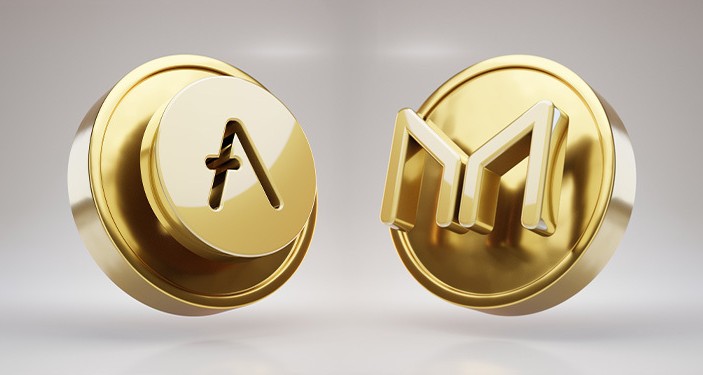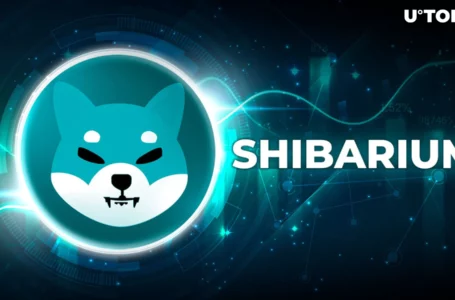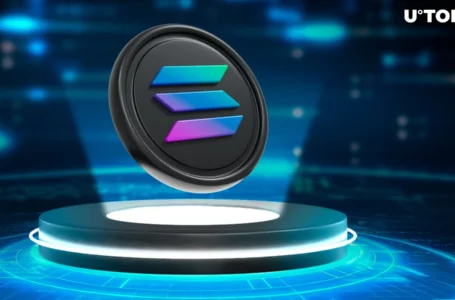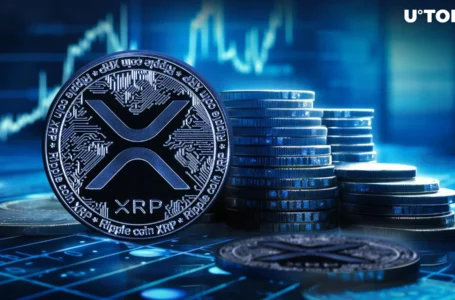
Maker and Aave have emerged as two of the biggest names on the DeFi scene and investors have been quick to take heed of how quickly the native tokens of such projects have come to dominate the wider cryptocurrency market. But of the two, which is the better investment?
Whilst DeFi has the potential to revolutionise the world of finance, it has given cryptocurrency investors more to think about. Projects like Maker and Aave are much more complex and require a deeper level of understanding than the likes of Bitcoin or Dogecoin. However, most inventors agree that DeFi represents the future of cryptocurrency, so being able to discern between leading projects is going to become increasingly important in the coming years.
Aave vs Maker – The Key Differences
On the surface, Maker and Aave have a fair amount in common. Both are cryptocurrency lending protocols built on the Ethereum blockchain and both offer a way in which crypto holders can put their tokens to work and earn rewards by providing liquidity. However, under the surface, the two projects work in very different ways and each has its own strengths and weaknesses.
Maker
Background
Maker is one of the oldest cryptocurrency lending protocols on the market, having launched in 2015. The MKR token then became the first tradable token to exist within the Ethereum blockchain. However, the real innovation of the project came with the launch of MakerDAI – the project’s stablecoin.
Stability is arguably Maker’s standout feature when compared with other leading DeFi projects. Whilst the inner workings are far too complex to be covered in this article, it’s enough to know that Maker works by minting DAI – a type of stablecoin that is not backed by fiat reserves, but maintained through management of collateral locked into the platform.
Key Fundamentals
Users on the MakerDAO can lock their Ethereum-based cryptocurrency into the Maker Vault to borrow Maker DAI. The platform allows users to borrow up to 66% of the value of their collateral. So if you add 100 ETH, then you can borrow 66 DAI, for example.
The value of DAI is kept stable by Makers algorithm and the MKR token. If the price of the stable coin fluctuates higher than the US dollar, then Maker (MKR) tokens are created to stabilise the price. Conversely, if prices drop, then more MKR is burned.
Supply and Demand
At the time of writing, Maker is the second biggest DeFi project on the market, with a total of $13.73 billion locked into its protocol.
Because the MakerDAO system is intended to track with the US dollar, MKR, in theory, experiences less volatility than some other cryptocurrencies. Maker cannot be mined and new tokens are only created in line with fluctuations in the price of DAI against the US dollar. There is a current circulating supply of 901,310 and a maximum supply of 1,005,577, with MKR consistently seeing 24-hour trading volumes in excess of $90 million. Continued high demand, as well as a limited supply that is unlikely to change wildly overnight, means that MKR certainly has potential as an investment.
Aave
Background
Aave is a cryptocurrency lending platform that was set up in 2017 by Stani Kulechov. Originally called ETHLend, it rebranded in 2018 following significant investment. The project also grew from a fairly simple peer-to-peer lending platform, into a system of lending pools allowing users to profit from providing liquidity.
Users can supply cryptocurrency to the AAVE protocol, thus supplying the liquidity for the lending aspect of the project. Those staking their tokens then receive a share of interest paid on the loans from a particular pool.
Key Fundamentals
Like most DeFi projects, Aave is complicated but a key aspect of the platform is that borrowers must provide my collateral than they borrow, to allow for market volatility. At the time of writing, Aave is the biggest DeFi project on the market, with $16.12 billion locked into its protocol.
Borrowing from Aave is facilitated by algorithms, meaning loans are taken out of pools rather than matching a borrower with a lender. To ensure there is always a supply of cryptocurrency for lending, the Aave platform has an in-built mechanism that increases interest – and thus rewards earned – when pools are running low, which entices lending. Conversely, if there is too high a supply of crypto in the liquidity pools, the interest rate is lowered to encourage more borrowing.
Supply and Demand
At the time of writing, AAVE has a circulating supply of 13,214,157 of a maximum supply cap of 16,000. A small amount of AAVE is also burned as part of the fee system. In theory, this can protect AAVE agains significant deflation and, assuming demand remains high, should have a positive impact on the token’s price over time.
As we’ve noted above, the AAVE token plays an essential role in the operation of the Aave ecosystem. Not only does this mean that AAVE is likely to remain in high demand, but the developers behind the project have expressed a desire to hold 20% of new AAVE tokens in reserve to support operations on the platform.
Aave vs Maker: Which is better?
On the surface, it would appear that Aave and Maker are pretty much neck and neck when it comes to investment opportunities. In terms of total funds locked into DeFi projects, Aave and Maker hold the number 1 and number 2 spots respectively and it certainly appears that they are emerging as the dominant projects in the space.
That being said, investors should be aware that DeFi is still relatively new and we are likely to see more projects emerging in the near future – any one of which could be a potential rival to both Aave and/or Maker.
Aave Vs Maker: Expert Opinion
In addition to weighing up forecasts and past price performance, it is also worth considering what industry experts have had to say about Maker and Aave, as these can often tell us a great deal about market sentiment that isnt necessarily picked up in the charts.
Galaxy Digital’s Mike Novogratz – often noted for his insights on the cryptocurrency market – believes that AAVE is amongst a group of tokens that has the potential to “blow up the world in the next five years.” He added that DeFi projects “want to take the banks and tear the banks limb from limb, that want to replace JPMorgan and the New York Stock Exchange and so I put some money into those things. It’s much riskier, but if it works, it’s going to be a much bigger payoff.”
Interestingly, Novogratz does not include Maker in his list, however, the number two DeFi project is not without its supporters. Speaking of MKRs recent price surges, Ryan Watkins, a research analyst at Messari, said that “Recent excitement across the industry provided the recipe for [MKR’s value] to finally be recognized,” suggesting that MKR could be primed for improved performance in future.
Bottom Line
The bottom line here is that Aave and Maker are two of the top DeFi projects on the market and both have a huge amount of potential for future growth. As the possibilities of cryptocurrency and blockchain continue to expand, there’s every chance that lending platforms will be increasingly utilised.
The price forecasts we looked at all pointed to growth for both tokens, although Aave probably has the edge when it comes to consistency. Aave is also trading at a much lower token price, which is something many investors prefer, despite returns effectively being unaffected.
Ultimately, when it comes to Maker vs Aave then the latter probably has the edge, but we believe that both could have their place as part of a balance crypto portfolio – especially if you are looking to increase your exposure to DeFi tokens.


















